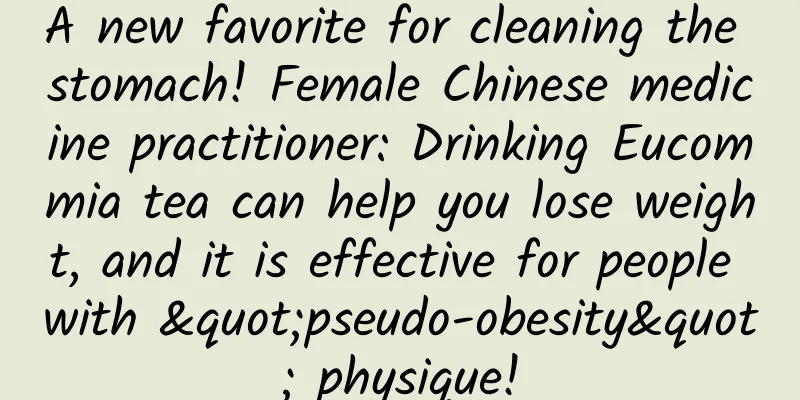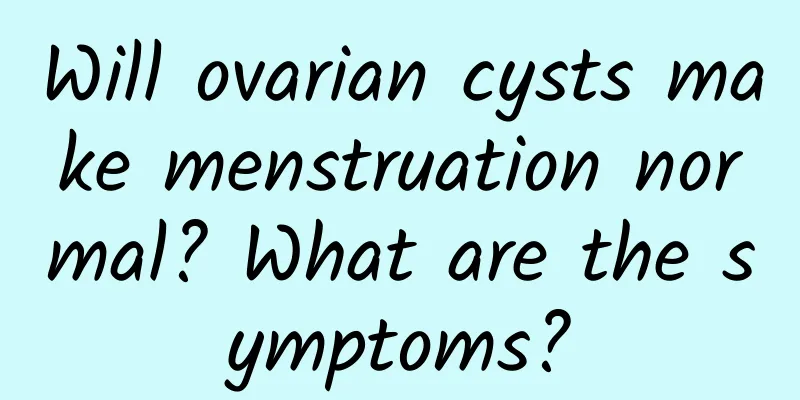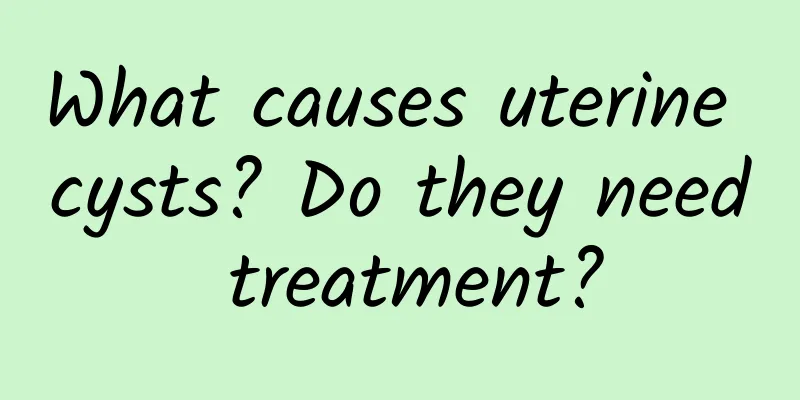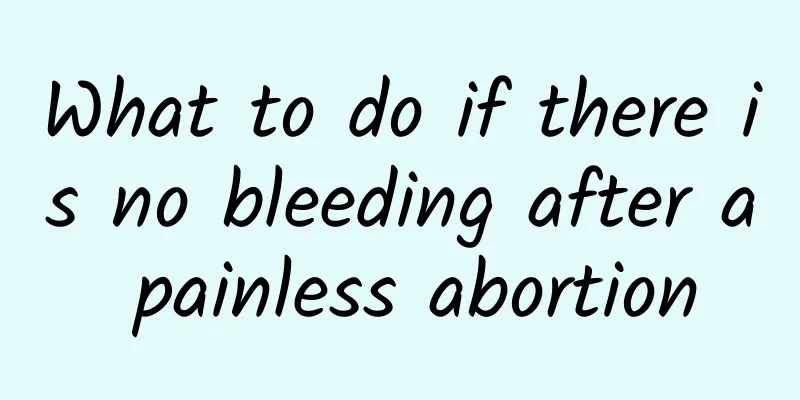Is microwave therapy effective for treating pelvic effusion?

|
There are many ways to treat pelvic effusion, and microwave therapy is one of them. As for which method to use, it should be determined according to the patient's symptoms and signs. You can't use all kinds of methods, which will only make pelvic effusion more and more complicated. Therefore, you should be cautious when facing pelvic effusion. So, is microwave therapy effective for pelvic effusion? In fact, microwave treatment of pelvic effusion is not the best method. In clinical practice, most women's pelvic effusion is caused by inflammatory exudate in the pelvis, which is caused by inflammation. If it is not treated, it can grow slowly. If it is too big, it is not easy to eliminate it with medicine. At this time, microwave treatment of pelvic effusion or surgical treatment is needed. Finding the real cause of pelvic effusion and treating it in a targeted way is the right way. The pelvic cavity is the lowest part of the abdominal cavity in the whole body. When there is exudate or leaked fluid, it will be drained into the pelvic cavity, thus forming pelvic effusion. Pelvic effusion can also be treated by the following methods: 1. Physical therapy: The benign stimulation of warmth is beneficial to promoting local blood circulation in the pelvic cavity, improving the nutritional status of tissues, increasing metabolism, and helping to absorb and subside inflammation. Commonly used methods include wax therapy. 2. General treatment: It helps to enhance confidence in treatment, improve the body's resistance, relieve patients' mental concerns, increase nutrition, exercise, and pay attention to the combination of work and rest. 3. Surgical treatment: Those with small infection foci and repeated inflammation are suitable for surgical treatment. Those with masses such as tubal ovarian cysts or hydrosalpinx can also undergo surgical treatment; the principle of surgery is to completely cure the disease and avoid the chance of recurrence of residual lesions. Unilateral adnexectomy or hysterectomy plus bilateral adnexectomy should be performed. For young women, ovarian function should be preserved as much as possible. Single therapy for chronic pelvic inflammatory disease is less effective, so comprehensive treatment is appropriate. |
<<: How to prevent uterine prolapse
>>: Will ovarian cysts cause abdominal pain in the early stages? Why?
Recommend
Can women with amenorrhea take Buzhong Yiqi Pills?
Women with amenorrhea need to clarify the cause o...
How to check for premature ovarian failure
Premature ovarian failure refers to a disease in ...
Do you know what are the common causes of cervicitis?
Do you know what are the common causes of cervici...
What surgery is performed for uterine wall fibroids? Can uterine wall fibroids be removed?
What surgery is performed for uterine wall fibroi...
How to diagnose threatened miscarriage
How to diagnose threatened abortion? If you want ...
Knowing the symptoms of Trichomonas vaginitis can help detect the disease early
Trichomonas vaginitis is a type of vaginitis. Som...
How to check all aspects of cervical warts
When we have diseases in our private parts, we wi...
What causes cervicitis?
The main causes of cervicitis are infection, phys...
How to correctly diagnose ovarian cysts?
The diagnosis of ovarian cysts is often difficult...
Get rid of edema and lose weight! Oriental Billy's private lymphatic exercise
"Oriental Billy", a popular artist in S...
How long does it take to recover naturally after laparoscopic ectopic pregnancy surgery?
The time it takes to recover naturally after lapa...
A brief discussion on the examination before medical abortion
Many female friends get pregnant unintentionally....
Teach you to identify the three major false signs of cervical erosion
Do you know the misunderstandings about cervical ...
A girl's dream fruit! Sweet persimmons can help you lose weight and replenish blood
As fall and winter arrive, sweet persimmons are a...
54-year-old adenomyosis back pain how to treat
What about low back pain from adenomyosis at 54? ...









